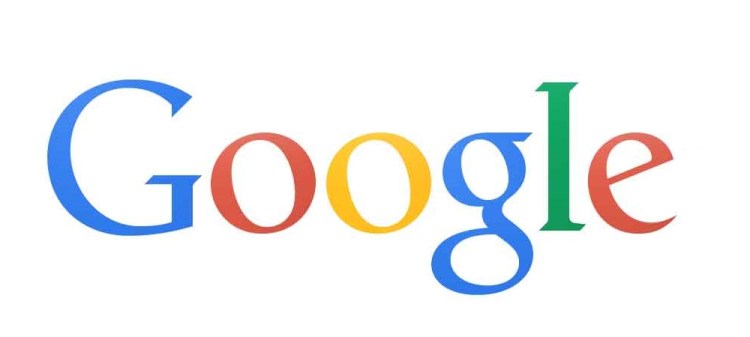Google today announced a new feature called reactive prefetch to its mobile search product. The feature means Google mobile search is now 100 to 150 milliseconds faster, but only in Chrome for Android.
The browser limitation comes down to Google only enabling reactive prefetch for Android users running Chrome. The company gives two reasons for the decision: Its mobile browser is the only one that supports dynamically inserted prefetch hints and reliably allows prefetch requests to persist across navigations.
Here is how the feature works. When you click on one of the search results, Chrome begins fetching the destination page. The reason this works faster than normal prefetching comes down to what Google tells the browser to fetch in parallel: The search engine specifies which critical resources are needed to speed up rendering of the destination page.
Since Google search waits for the user to click the link he or she wants, Chrome can grab the right resources and fetch the most important ones in parallel. As a result, the browser won’t speculatively prefetch resources that it doesn’t need, and thus it won’t incur unnecessary downloads.
Google explains the technical work behind this strategy:
First, we need to know the list of critical resources that may delay rendering of the destination page for every page on the web! No small feat, but the Search team has us covered — they’re good like that.
Next, we need a browser API that allows us to invoke the prefetch logic when the click occurs: the search page listens for the click event, and once invoked, dynamically inserts prefetch hints into the search results page.
Finally, this is where Chrome comes in: As the search results page is unloaded, the browser begins fetching the hinted resources in parallel with the request for the destination page. The net result is that the critical resources are fetched much sooner, allowing the browser to render the destination page 100-150 milliseconds earlier.
Google says it hopes “to add support for other browsers once these features become available,” but the company didn’t offer any details. It would be great to know whether Google is engaging the likes of Apple, Microsoft, and Mozilla so their users can also take advantage of reactive prefetching.
We have contacted Google for comment about this and will update this article if we hear back.



